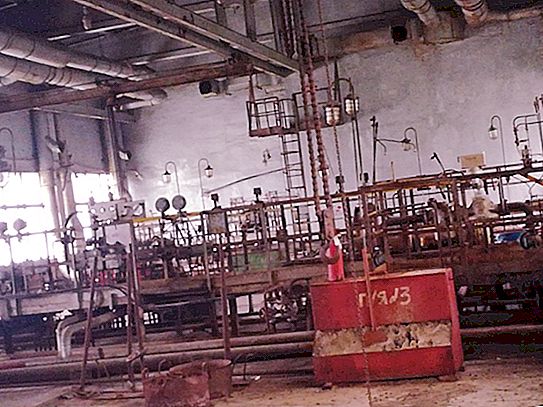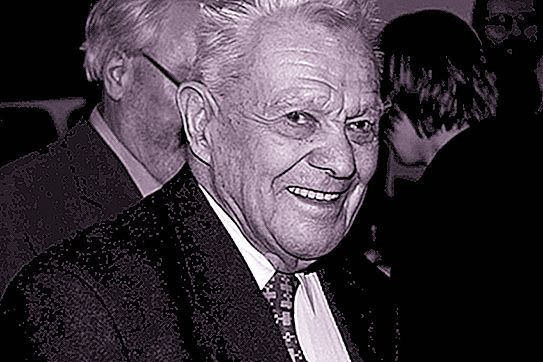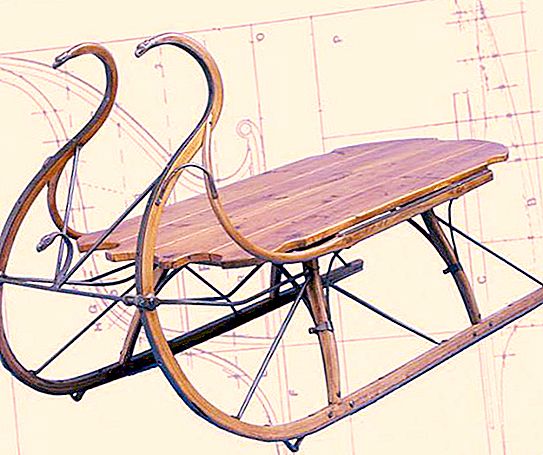The National Museum of the Komi Republic is one of the oldest cultural institutions, which is located in the center of Syktyvkar. The museum’s expositions occupy five buildings, each of which is an architectural monument of the 18th - early 20th centuries. The museum funds currently have more than 250 thousand exhibits of cultural, historical and scientific value.
Society for the Study of the Russian North
The city of Syktyvkar has very deep historical roots. These places were inhabited in the Neolithic era. Archaeological finds indicate this: fragments of dishes, animal bones, traces of dwellings. In the 18th century, the question of the creation of a museum was first raised, in which evidence of the evolutionary development of the land of the Komi-Zyryan peoples would be collected and stored. But the dream of the city intelligentsia was realized a century later.
In 1911, a group of local history enthusiasts created in Ust-Sysolsk (the old name of Syktyvkar) a branch of the Arkhangelsk Society for the Study of the Russian North. It became the initiator, performer and core of the city museum. Zemsky assembly allocated 100 rubles for the acquisition of collections. This happened on October 17, which was the birth of the museum.
First exhibits
The chairman of the Ust-Sysol branch of the Society A. A. Zember headed the work in the museum. A well-educated person, teacher, folklorist, ethnographer, he took an active part in the development of museum collections. In addition to items purchased with the allocated money, valuables donated by private individuals who responded to the appeal of members of the Society appeared in the museum.
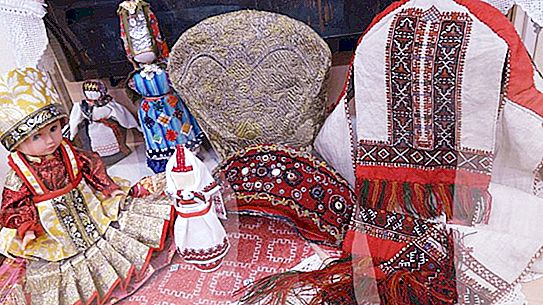
In addition, there were cash donations. And therefore, the first exposition presented, located in one of the rooms of the city library, looked interesting and informative. The collection included ethnographic and paleontological samples, as well as books.
Development of the National Museum of the Komi Republic
As funds were replenished, new exhibitions opened. During the years of Soviet power, the museum was headed by the head of the department for the protection of monuments, a professional artist A.V. Kholopov. The museum under his leadership was in close contact with the Society for the Study of the Komi Territory, actively replenishing funds through private collections in geology and archeology. Books and religious objects that came to the museum after the closure of monasteries, furniture and household items from nationalized estates are today rare books of the museum’s collection.

In 1940, he received the status of a republican museum of local lore. During the war years did not close. Continuing to work, employees went to collective farms, for harvesting, to builders and lectured on the development of the Komi Territory. In the 60s of the last century, re-exposure of the departments was made, and three permanent exhibitions began to work in the museum: nature, the pre-Soviet period and the Soviet era.
The year 1969 was marked by the opening of the memorial exposition of I. A. Kuratov, the founder of Komi literature. And in 1985, a new, grandiose exhibition appeared on the development path of the Komi Region from ancient times to the 20th century. It became the National Museum of the Komi Republic in Syktyvkar in 1994.
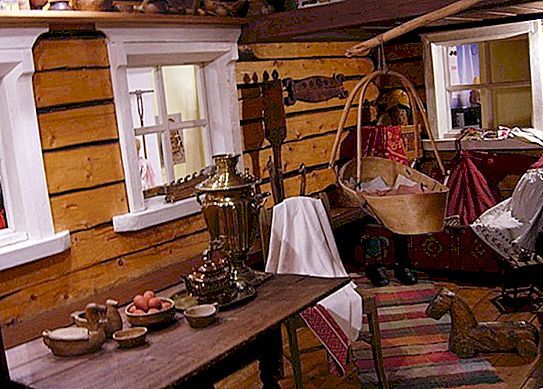
To date, the museum has a number of collections from which expositions and exhibitions are formed. These are collections on archeology, ethnography, porcelain and ceramics, painting, numismatics. There is a large library of rare books, a selection of film and photo documents.
The museum has several permanent exhibits presented by the departments of history and nature, as well as the ethnography department of the National Museum of the Komi Republic.
National rites
Since 2002, an ethnographic exposition on the culture of the Komi peoples in everyday rites has been very popular among visitors. The second name: “Once upon a time there was a couple …” Using the example of two main characters, a man and a woman, choosing a national fairy tale as the storyline, the creators introduce visitors to the life, culture and rites of the Komi people in the late XIX - early XX centuries.
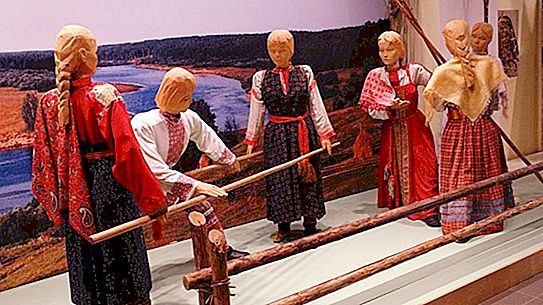
A male hunter sets traps on animals and birds, catches fish. A woman performs work in the field, housework. Passing from composition to composition, the visitor will see such scenes: love games, weddings, birth of children, holy fortune-telling, and so on. All of them are very bright and reliable. The characters are dressed in national costumes, casual or holiday, depending on the event brought to your attention.
"Komi from ancient times to the middle of the XX century"
Since 1985, the National Museum of the Komi Republic has been operating at the State Budgetary Institution of Kazakhstan a historical exposition, the title of which is placed in the heading of the paragraph. It is located on two floors in six rooms. This is required by the volume of exhibits used in the work. Historical material is shown in chronological order. The creators tried to convey the development and change of the Komi Territory together with the country, but at the same time emphasize the originality and uniqueness of the Komi people.
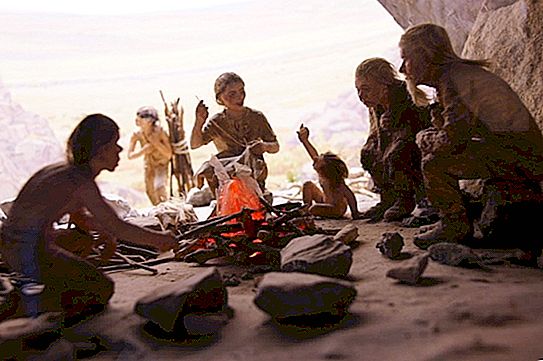
The objects of great historical value are presented here: a fragment of a ski dating from the VI millennium BC, icons, archaeological finds dating back to the Mesolithic era, military relics. A special pride is the elevated tractor, which has worked in the field for more than 25 years.
Komi nature
Two exhibitions are shown here: mineralogy, fauna and flora. The first section shows the underground wealth of the republic: fuel and energy resources, raw materials of ores and rare earth metals, ornamental stones. The map shows the places where minerals are extracted, their estimated volumes.
A valuable exhibit is a piece of rock crystal that weighs 270 kilograms. This is the "Black Rose", it is extracted in the Intinsky region of Komi.
The fauna of the tundra and taiga is interesting. The stuffed species that inhabit these places are represented at different periods of their life: hunting, resting, and feeding cubs. These are bears, wolves, moose, beavers, birds and many others. There are representatives of the fauna listed in the Red Book.
The materials of the National Museum of the Komi Republic demonstrate the territories of the region that are subject to special protection: the Pechora-Ilych Reserve and the Yugyd Va National Park.
Museum of I. A. Kuratov
Ivan Alekseevich, who lived in the middle of the XIX century, is the founder of Komi literature. A highly educated person, he was a teacher, poet, translator, linguist. For four years, living in Ust-Sysolsk, he studied the Komi-Zyryan, Mari and Udmurd languages, wrote Komi grammar, translated from Russian Pushkin, Koltsov, Krylov. An exhibition located in one of the rooms of the museum tells about the life of the great writer.
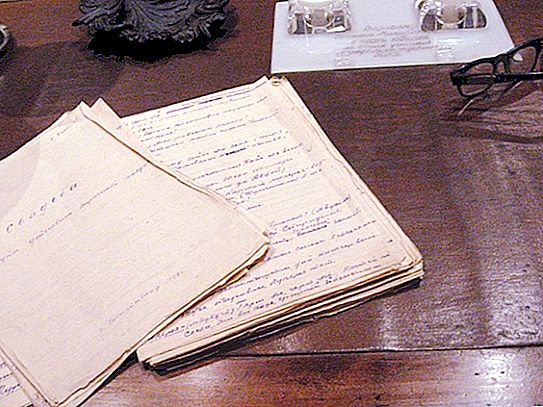
The collections of the literary museum are diverse. Here you can get acquainted with the history of the development of language in the region from the XIV century, the emergence of writing. The exposition about literature during the years of World War II is presented. Not forgotten and modern national literature. The museum houses valuables such as handwritten books.

